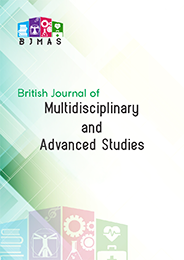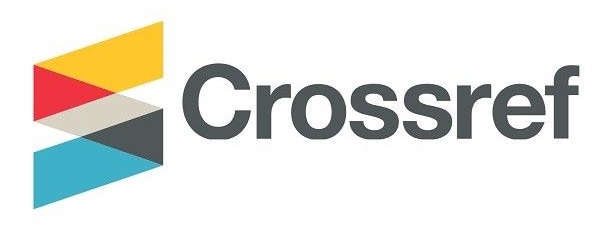Private and Public Investment: Are they Substitute or Complementary in Driving Economic Growth in Nigeria?
DOI:
https://doi.org/10.37745/bjmas.2022.0453Abstract
The paper investigates the relationship between government and private investment with a view to ascertaining their complementarity or substitutability in driving economic growth in Nigeria for the period of 1981-2021. To achieve the objective, nonlinear autoregressive distributed lags (ARDL) models and nonlinear Granger causality tests were employed to analyze annual secondary data which were sourced from the Central Bank of Nigeria Statistical Bulletin. Findings show that government investment expenditure displayed a positive and long-term influence on private investment, suggesting a “crowding-in” effect where increased public investment stimulates private investment thereby fostering overall economic growth. Economic adversities or reduced public investment exerted a substantial negative impact on private investment, underscoring the complementarity of government investment expenditure in driving economic growth in Nigeria. Also, the nonlinear Granger causality tests reveal unidirectional relationship as government investment expenditure causes private investment across various embedding dimensions, emphasizing the positive influence of government investment on private investment. The findings generally suggest the need for balanced fiscal policies, prioritizing productive government investments, encouraging private investment, controlling inflation, and making time-sensitive policy decisions to promote economic growth in Nigeria.
Downloads
Downloads
Published
Versions
- 22-03-2024 (2)
- 22-03-2024 (1)












